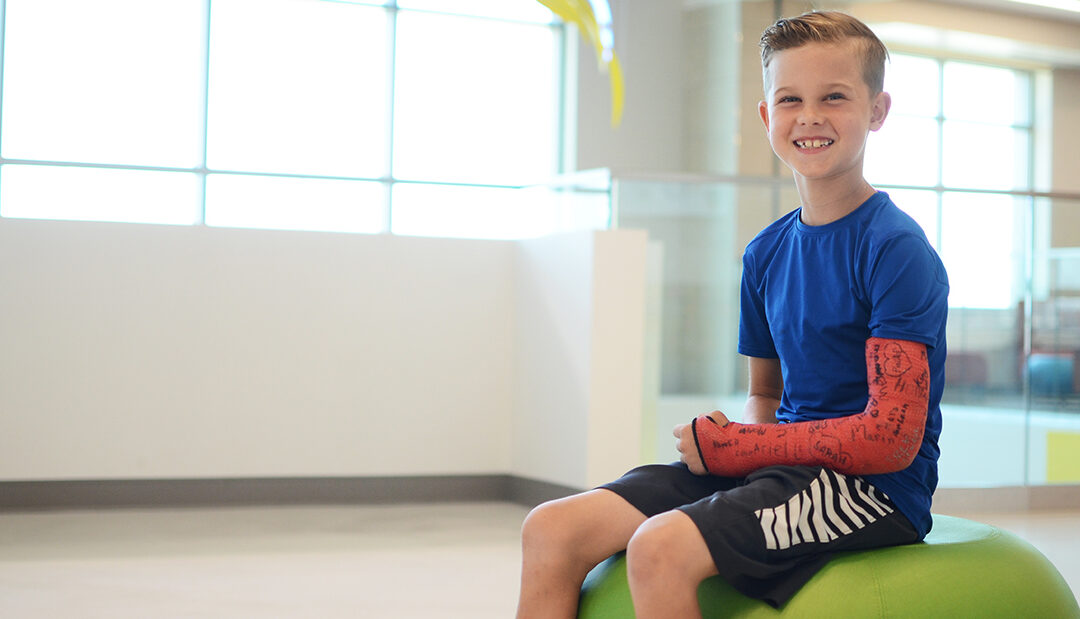Article originally published in latest issue of the Pediatric Society of Greater Dallas newsletter. Written by Gerad Montgomery, M.S.N., FNP-C, and Ray Kleposki, M.S.N., CPNP.
A toddler’s fracture is classified as a tibia shaft fracture in a child age 3 and younger. These patients usually present with either a witnessed or unwitnessed report of low energy trauma to the lower extremity. The mechanism of injury may vary but usually involves some sort of a rotational component. Due to the patient’s age and inability to clearly articulate symptoms or mechanism of injury, these fractures often leave both parents and clinicians anxious and confused. This is confounded by the fact that up to 40% of initial X-rays are negative for obvious bony pathology. To add to the confusion, these fractures usually do not present with swelling or other obvious physical exam findings.
Presentation
The typical patient that presents with this injury is a toddler between the ages of 1 and 3 years with an acute onset of refusal to weight bear or ambulating with a limp.
Three common reports include:
- History of remote trauma such as a twist and fall.
- Onset of symptoms after going down a slide with an adult and the patient’s leg getting twisted at the bottom of the slide
- Unwitnessed incident where patient was playing in another room and eventually found crying on the floor and unwilling to weight bear on the affected extremity.
Regardless of the mechanism, in most cases, the patient will be unable to reliably articulate what caused the injury or where his/her symptoms are arising from.
Evaluation
When evaluating the patient in this age group, with the presenting complaint of a limp and/or refusal to weight-bear, it is important to consider other conditions that may present in a similar fashion.
Though unlikely, these include:
- Infection: early presentation of both benign viral infections such as transient synovitis and serious bacterial infections, like osteomyelitis and septic joints, can present with similar initial complaints.
- Constipation
- Inflammatory reaction to recent immunizations
- Chronic or congenital conditions: consider hip dysplasia, cerebral palsy and foot or ankle deformities.
Most of the time, a good history and detailed clinical exam can eliminate dangerous conditions and lead the clinician to an accurate diagnosis. Usually, a step by step exam (starting at the hips and working down to the feet) will reveal pain-free, full range of motion of the hips and knees. This includes classical tenderness to palpation noted over the tibial shaft and pain produced with rotation of the lower leg.
Treatment
The vast majority of these fractures are stable injuries and treatment is aimed at providing comfort and modifying activities, with the goal of reducing the risk of further injury. Immobilization is appropriate, however a cast is usually not necessary. It has been well documented that a walking boot produces outcomes equivalent to a cast or splint. A removable boot has a lower risk of complications from skin breakdown and higher rate of patient and parent satisfaction.
Splinting Considerations – When a Boot is Not Available
We frequently see significant skin breakdown after splints or casts used to immobilize patients in this age group. The size of the extremity makes it difficult to properly mold casts/splints in order to prevent friction with skin contact. The most common areas of breakdown are at the back of the heel and anterior crease of the ankle. If you are splinting a patient in this age group, we recommend paying careful attention to the positioning of the foot and ankle and applying extra padding over bony prominences such as the malleoli and at the back of the heel.
The presence of swelling in toddler fractures is minimal and usually not a concern. Therefore, elevation is not a necessary part of the treatment plan, despite the many clinicians and parents who believe that elevation is important for any fracture. While the elevation alone is not harmful, proper elevation techniques should be taught when elevation is recommended.
Proper Elevation – Keep the Heel Off of the Surface
Poor positioning can cause increased pressure leading to skin breakdown. Place a pillow under the calf only, not directly under the knee or heel. Do not assume that immobilization is a benign modality. You must provide the family with warnings and instructions on what to monitor for regarding signs and symptoms of potential complications.
Patient and Family Education
Providing reassurance to the family is a key goal of patient education. These fractures generally heal well with little to no complications in regard to bony healing or future sequela after four to six weeks of immobilization. Additional imaging may be needed in some cases. A child will gradually return to normal activity within a few days of discontinuing activity restrictions and immobilization.
.jpg?width=350&height=496)
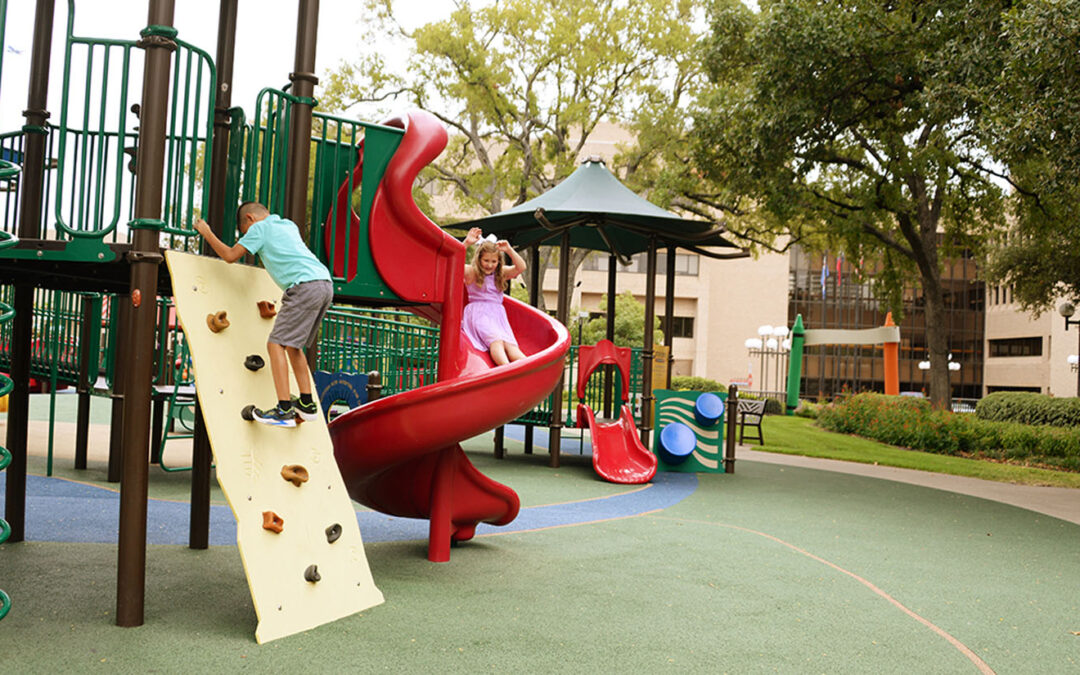


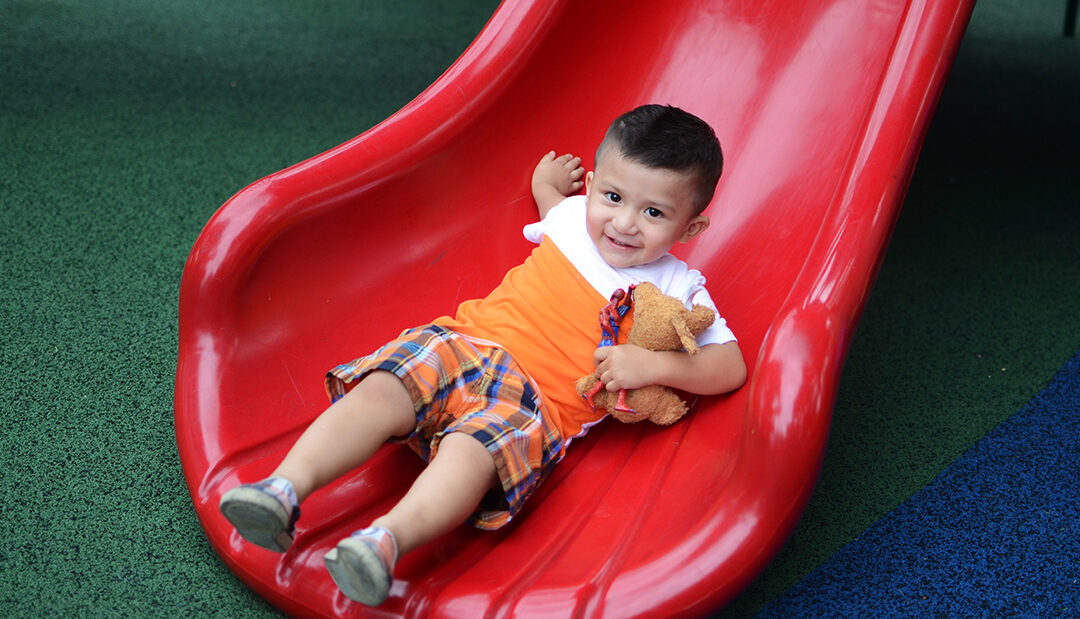
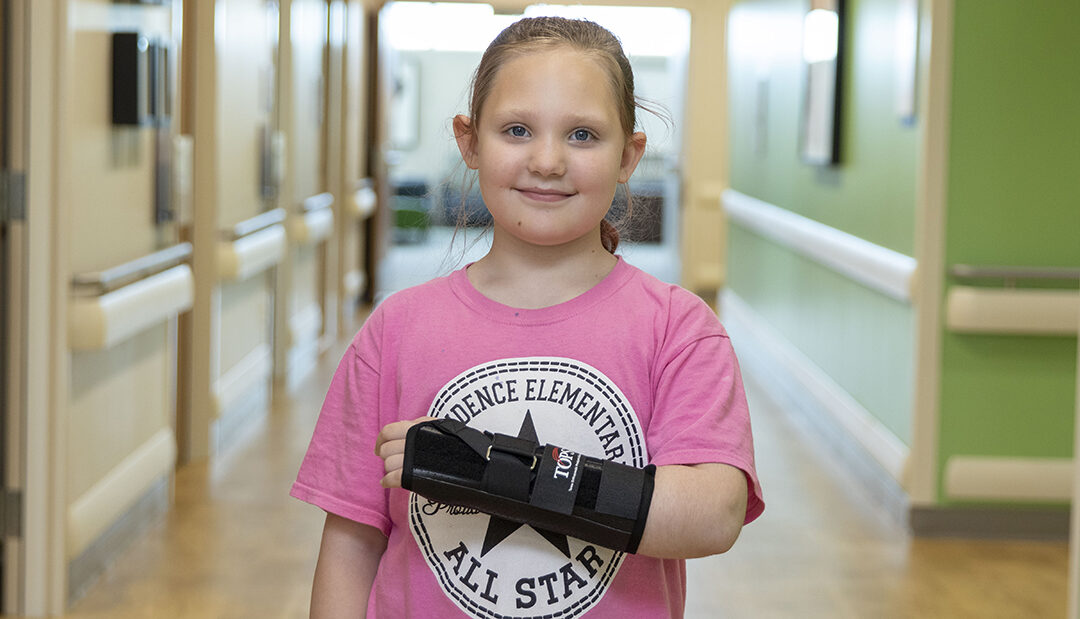
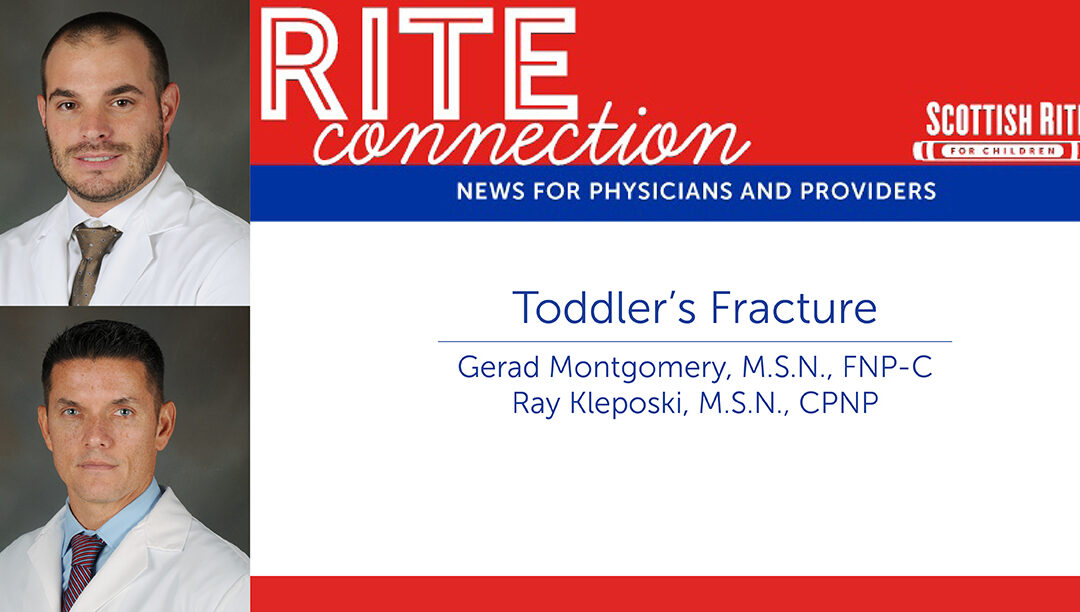
.jpg?width=350&height=496)
